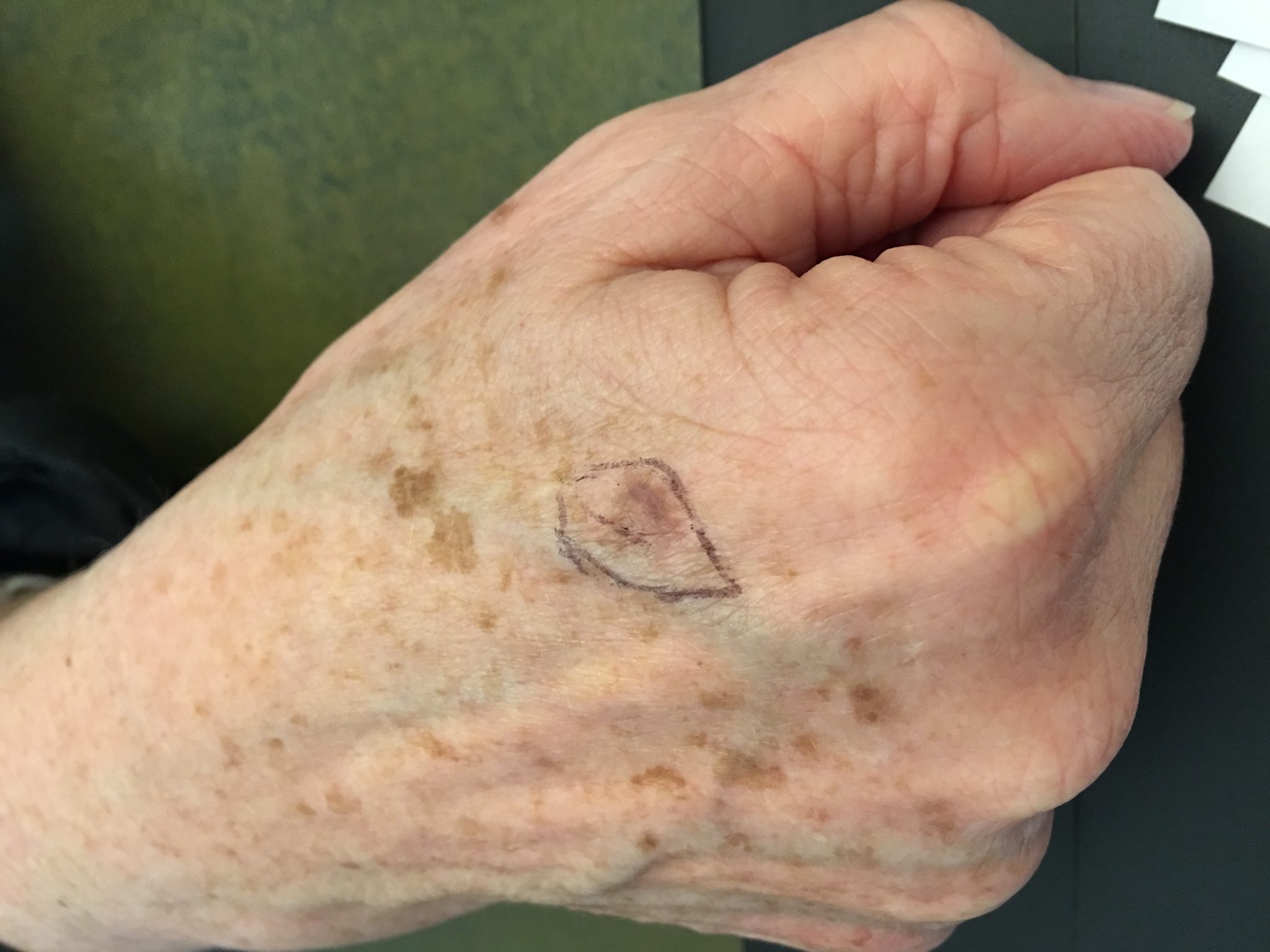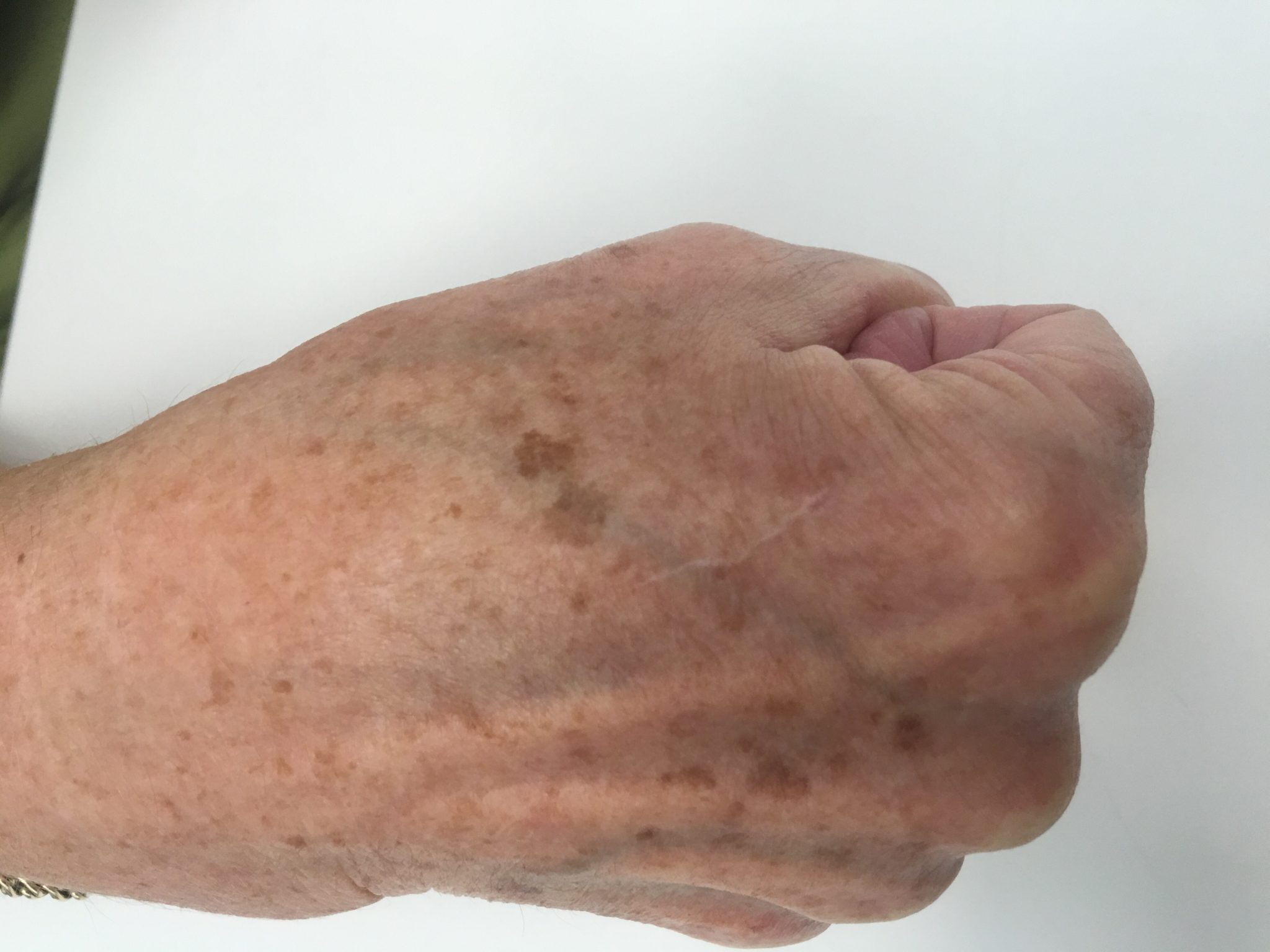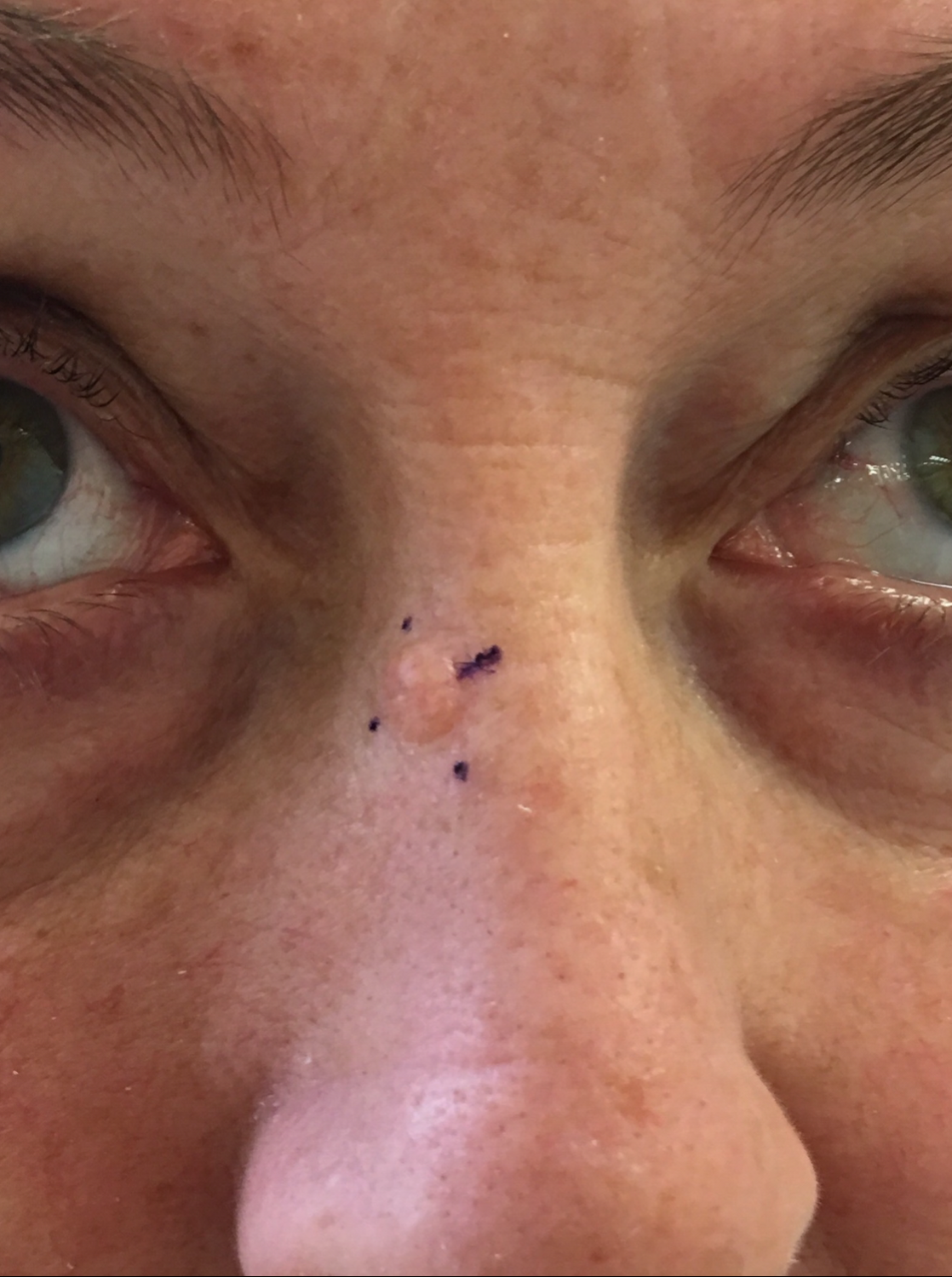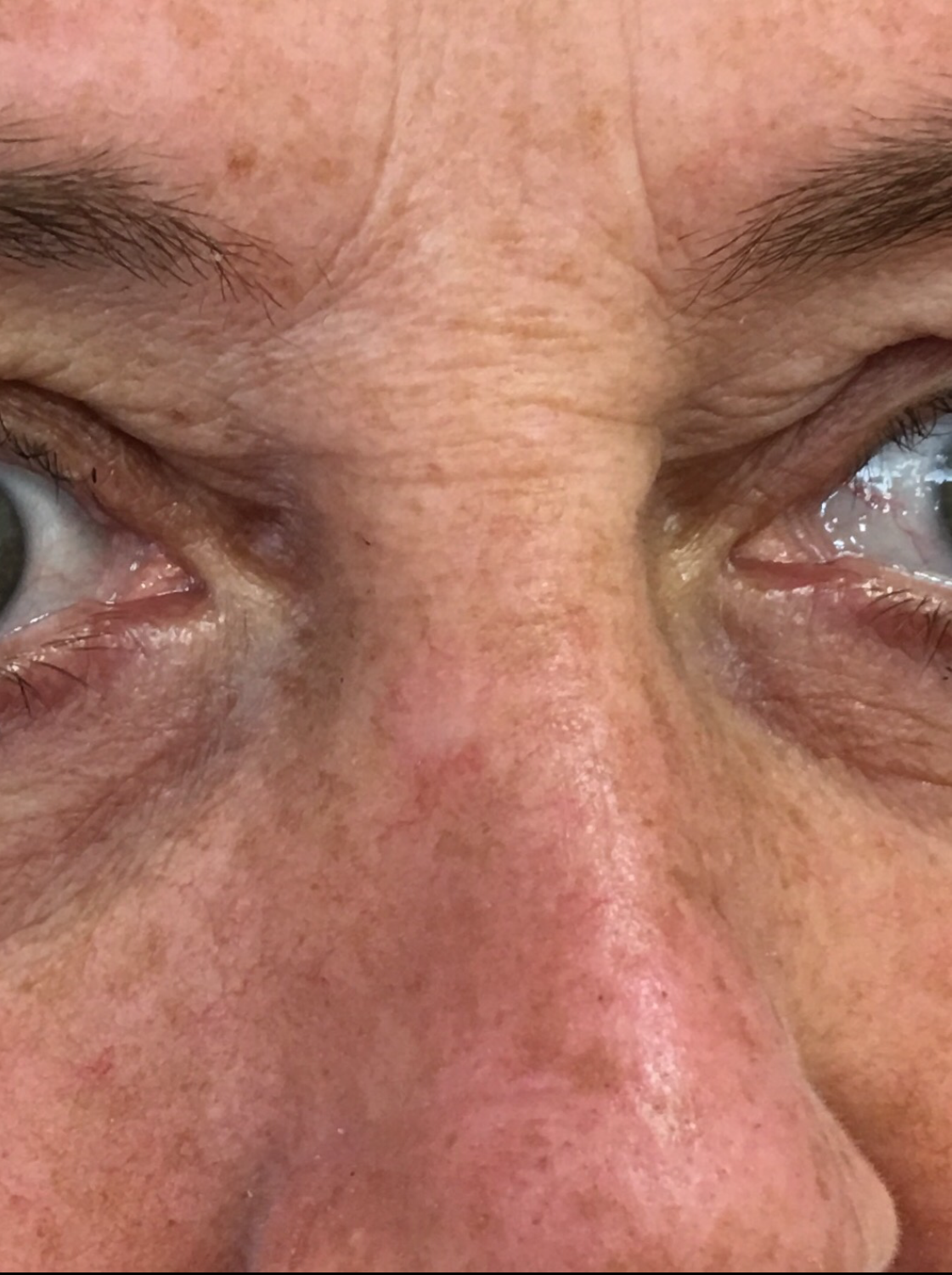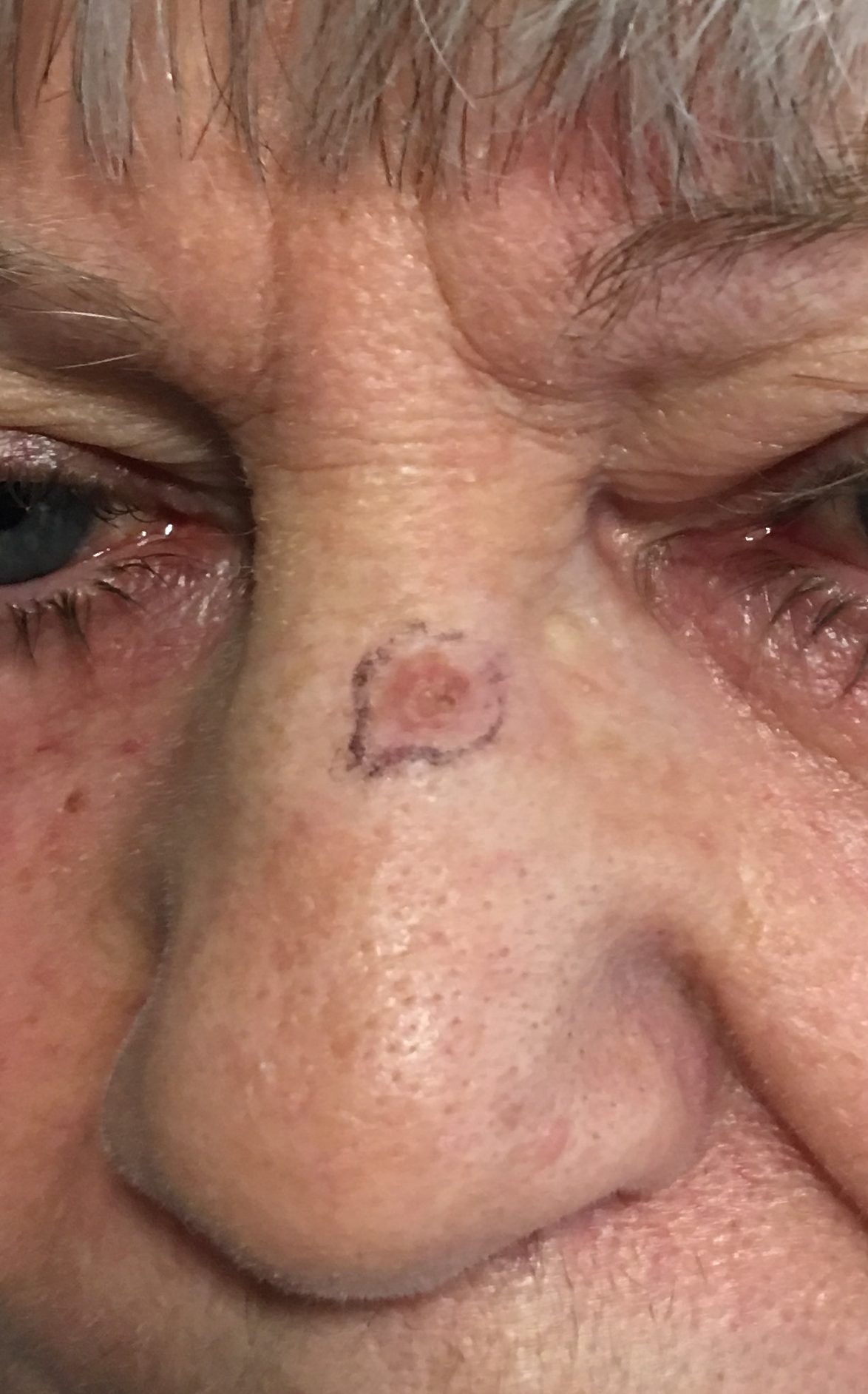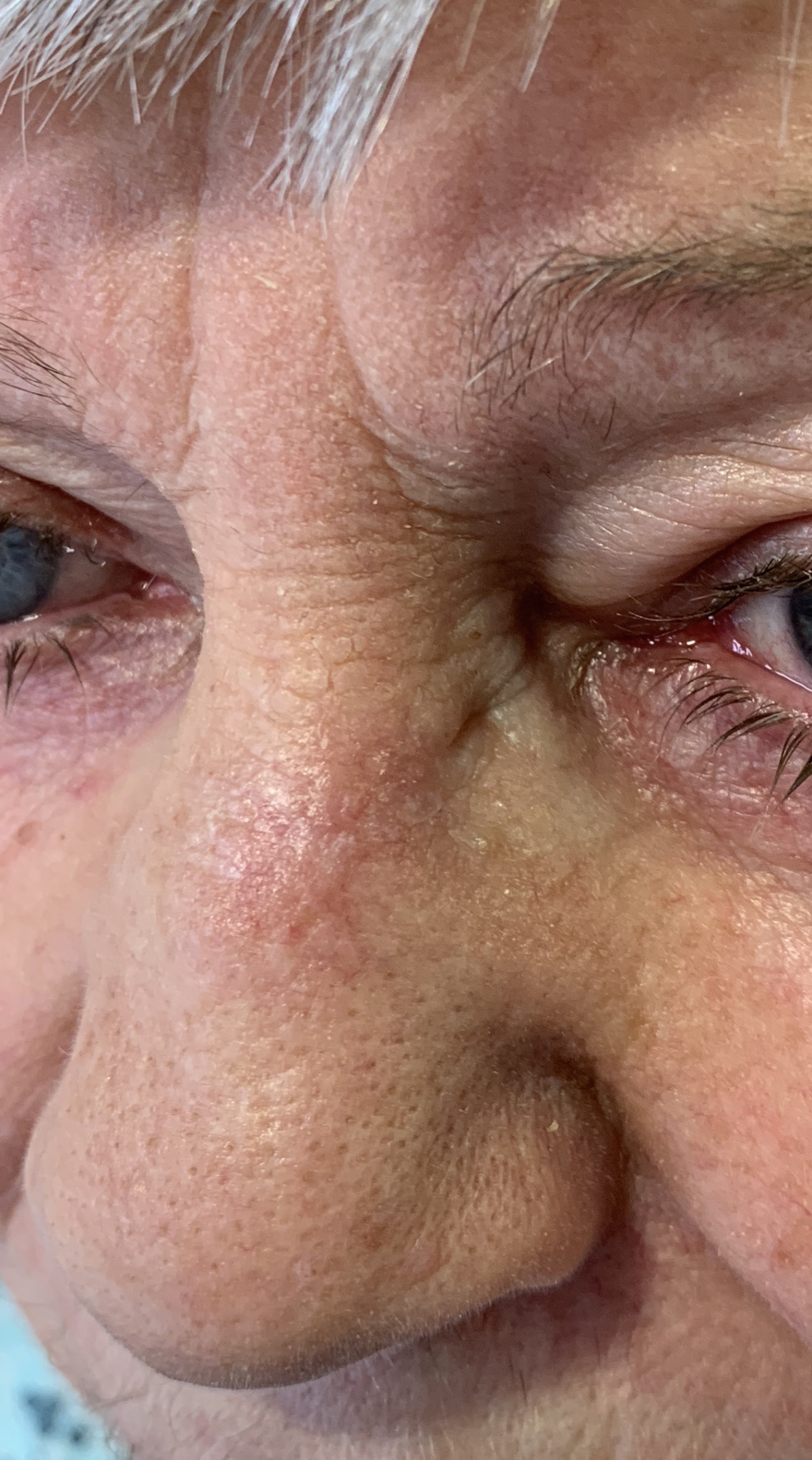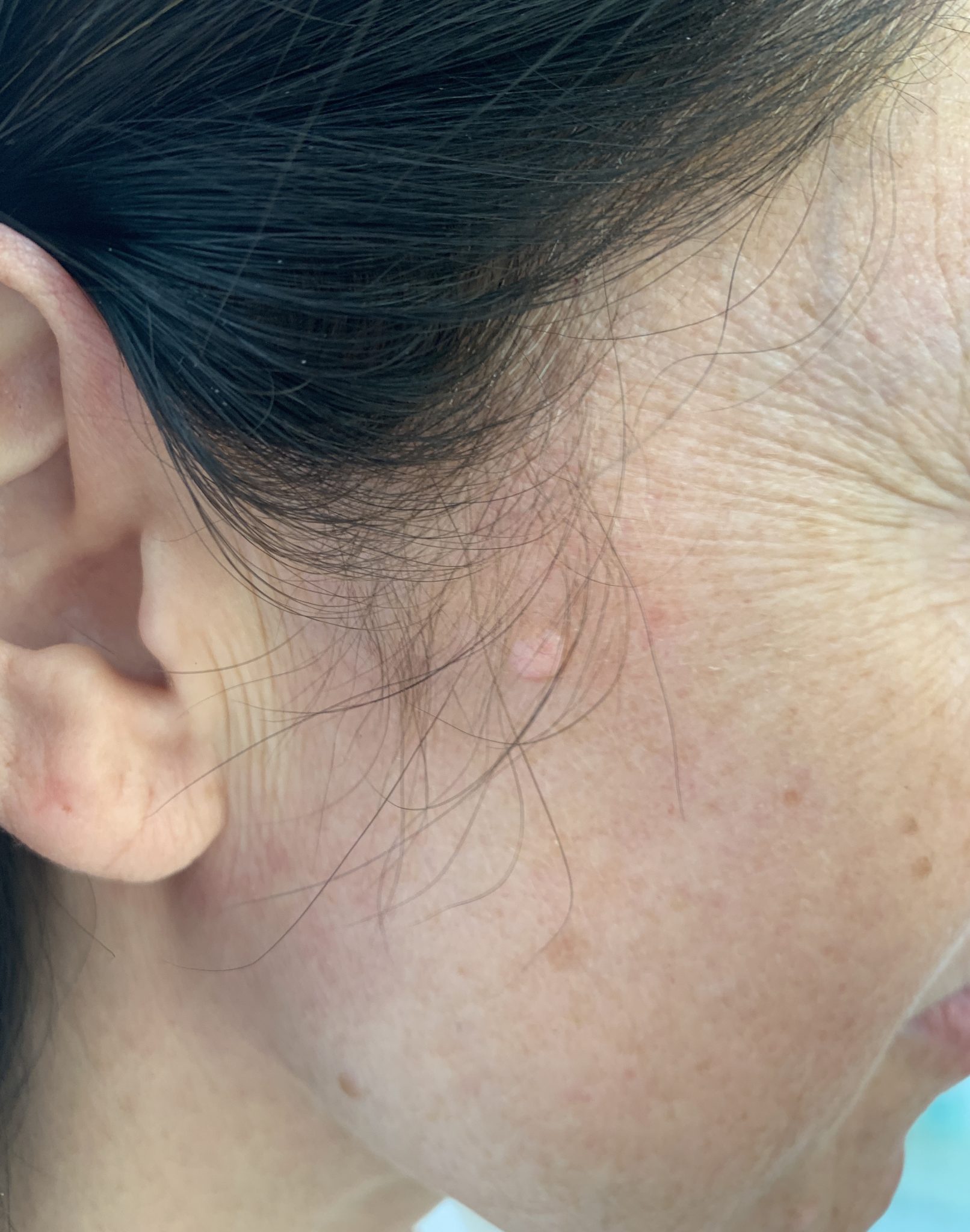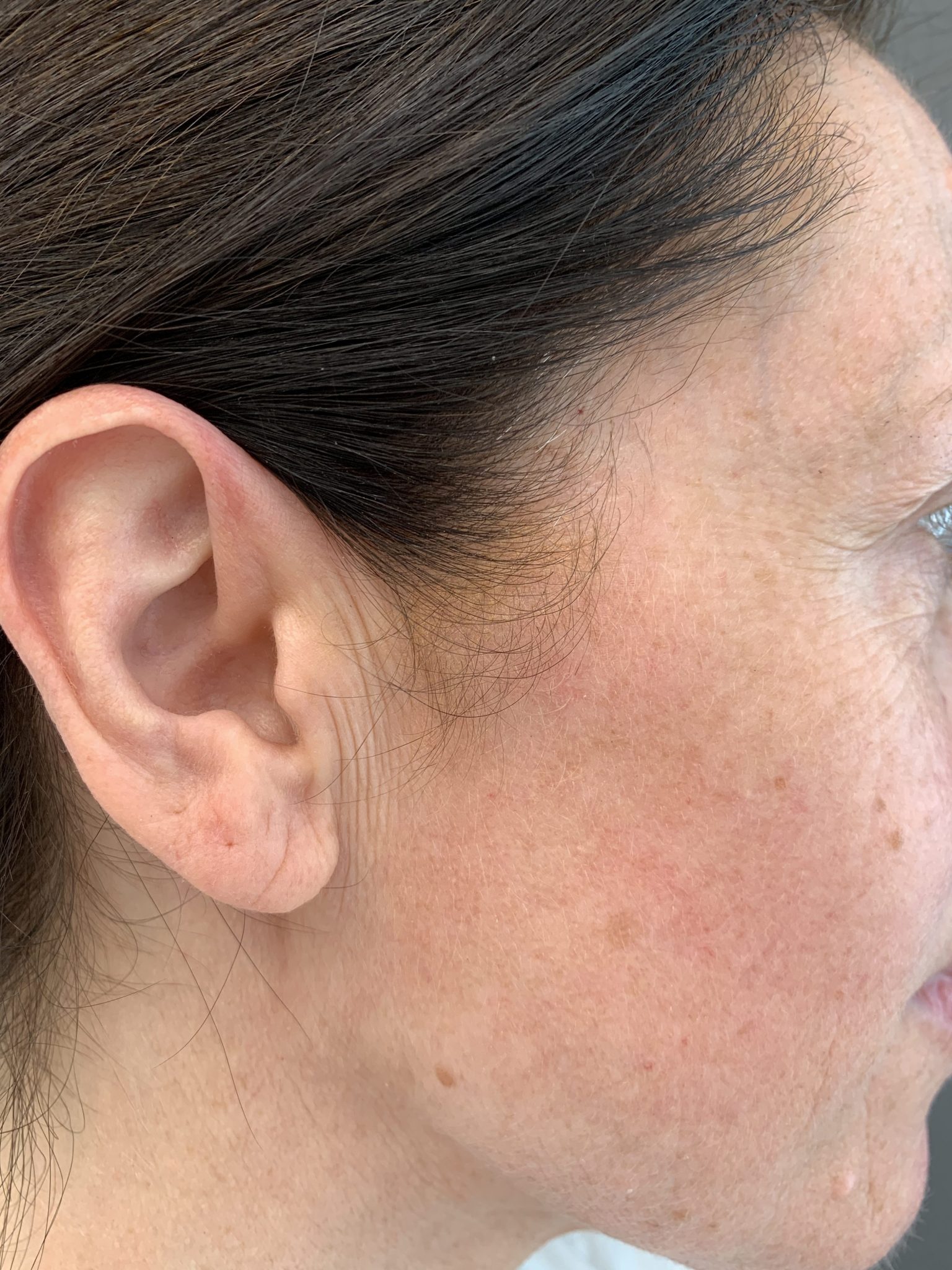Most fair-skinned individuals have between 20-50 moles. Moles tend to appear during childhood, however some moles appear in adulthood following sun exposure or hormonal changes. Harmless moles that are unsightly or irritating can be removed. Unusual looking moles or changing moles need to be examined by a dermatologist using a dermatoscope to rule out melanoma or non-melanoma skin cancer.
Dr Nicole dermatology in Manchester, Cheshire & Lancashire offers a full skin check when you present with a skin lesion or a mole. It is important to note that not all dark spots are moles. Dr Nicole will examine the skin lesion of concern in detail using a dermatoscope (dermoscopy) and provide you with a diagnosis.
Dr Nicole is trained in surgical dermatology and can perform mole removal or skin lesion removal treatment in Lancashire, Cheshire and Manchester whether it is on the face or body using the most appropriate surgical method including full surgical excision & shave excision. Incision and punch biopsies are also offered. Full aftercare is provided by Dr Nicole personally.
- Performed by a Consultant Dermatologist with specialist experience in diagnosing and treating skin cancers and benign skin lesions
- Comprehensive full skin assessment and dermoscopy for accurate diagnosis
- Shave or excision removal offered with pathological diagnosis
- Skin surgery techniques that will give the best cosmetic results
- Comprehensive aftercare programme
- No GP referral required
There are different ways to remove a mole or a skin lesion, and these include:
- Excision removal: the entire mole is cut away for examination by a pathologist under the microscope. This is done under local anaesthesia and the wound is closed with some stitches in the skin. A scar will remain, but usually fades with time.
- Shave removal: a mole that sticks out from the skin can be shaved away with a scalpel. This is done under local anaesthesia. No stitches are required for this procedure. A pink or brown flat mark will remain on the skin, but usually fades with time. This type of shave removal is suitable for harmless moles on the face where minimal scarring is desired.

